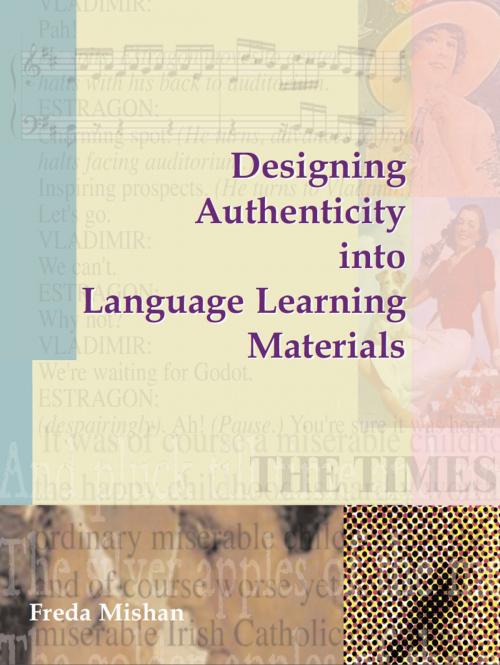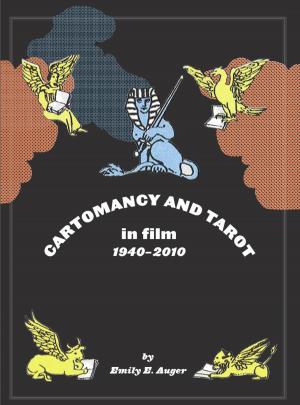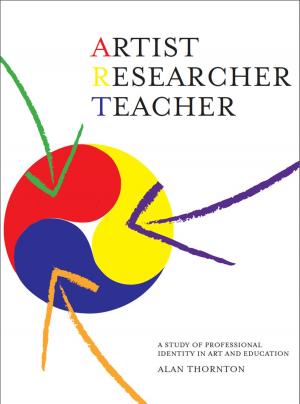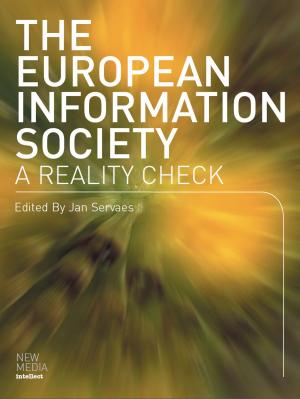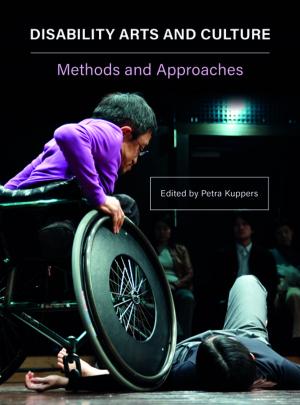Designing Authenticity into Language Learning Materials
Nonfiction, Reference & Language, Law, Comparative, Language Arts, Study & Teaching| Author: | ISBN: | 9781841509044 | |
| Publisher: | Intellect Books Ltd | Publication: | November 1, 2004 |
| Imprint: | Intellect | Language: | English |
| Author: | |
| ISBN: | 9781841509044 |
| Publisher: | Intellect Books Ltd |
| Publication: | November 1, 2004 |
| Imprint: | Intellect |
| Language: | English |
This book puts forward an authenticity-centred approach to the design of materials for language learning. The premise of the approach is that language learning should be based on authentic materials drawn from a variety of genres found in the target language culture, and that the learning tasks involving these materials should be correspondingly authentic, by entailing interactions that are consistent with the original communicative purpose of the authentic text. It provides both a theoretical grounding to the authenticity-centred approach, and demonstrates its practical application in a teaching task reference section. In outline, the book: • Refines a definition of authenticity in the context of language pedagogy. • Traces the historical background to authenticity in language learning back over one millennium. • Grounds the use of authentic materials in language learning in L2 acquisition research. • Gives a critical analysis of the authenticity of contemporary language study course-books. • Discusses the use of seven authentic genres for language learning; broadcasting, newspapers, advertisements, music and song, film, literature and ICT (information and communications technology).
This book puts forward an authenticity-centred approach to the design of materials for language learning. The premise of the approach is that language learning should be based on authentic materials drawn from a variety of genres found in the target language culture, and that the learning tasks involving these materials should be correspondingly authentic, by entailing interactions that are consistent with the original communicative purpose of the authentic text. It provides both a theoretical grounding to the authenticity-centred approach, and demonstrates its practical application in a teaching task reference section. In outline, the book: • Refines a definition of authenticity in the context of language pedagogy. • Traces the historical background to authenticity in language learning back over one millennium. • Grounds the use of authentic materials in language learning in L2 acquisition research. • Gives a critical analysis of the authenticity of contemporary language study course-books. • Discusses the use of seven authentic genres for language learning; broadcasting, newspapers, advertisements, music and song, film, literature and ICT (information and communications technology).
